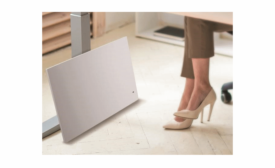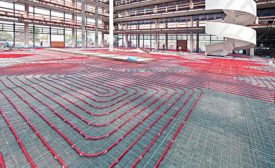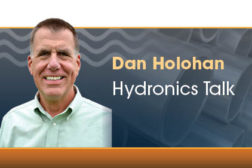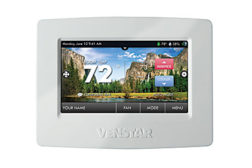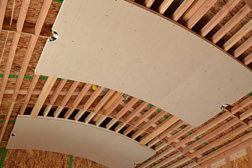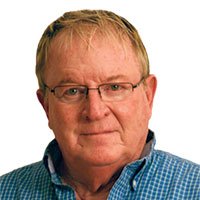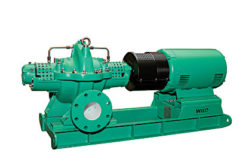Home » Keywords: » radiant cooling
Items Tagged with 'radiant cooling'
ARTICLES
For personalized workplace comfort, opt for portable radiant heaters.
Read More
AHR Expo Preview
REHAU hydronic radiant heating and cooling systems (AHR Expo Preview)
January 16, 2019
Venstar color touchscreen thermostats
Venstar’s ColorTouch residential and commercial color touchscreen programmable thermostats can now be integrated with Control4 automation systems.
April 11, 2014
There is a need for year-round controllers for radiant ceilings
Somebody, please make this…
September 1, 2013
Split case pumps
Wilo USA’s horizontal split case pumps are available in 64 models
August 19, 2013
Get our new eMagazine delivered to your inbox every month.
Stay in the know on the latest on plumbing, bath & kitchen, industrial PVF, radiant & hydronics, and HVAC products.
SUBSCRIBE TODAY!Copyright ©2024. All Rights Reserved BNP Media.
Design, CMS, Hosting & Web Development :: ePublishing
